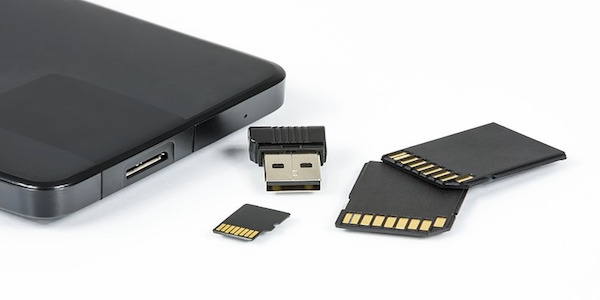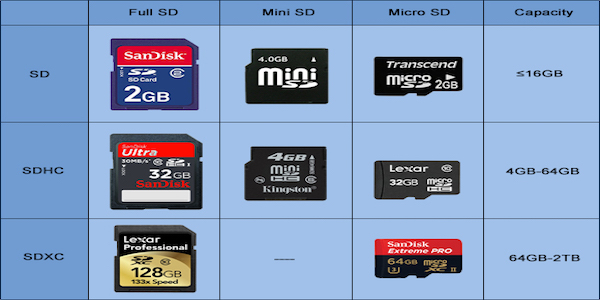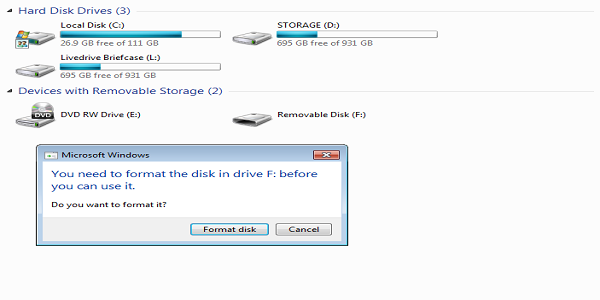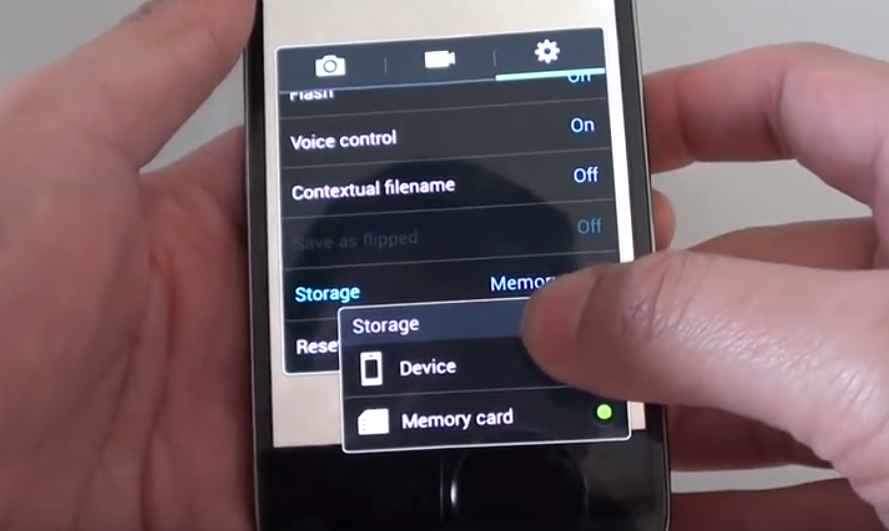A memory card is a type of storage device that is used for storing media and data files. Memory cards are usually used in small, portable devices, such as USB Drive, SD card and phones etc. A memory card is also known as a flash card. Below are six use of memory cards:
- Used on digital cameras to store photos.
- Used on mobile phones to store music, files and movie videos.
- Used on DV (digital camera) to store video.
- Used in GPS to store data.
- Used for industrial control to store program software, etc.
- Used in MP3, MP4, digital recorder, etc.
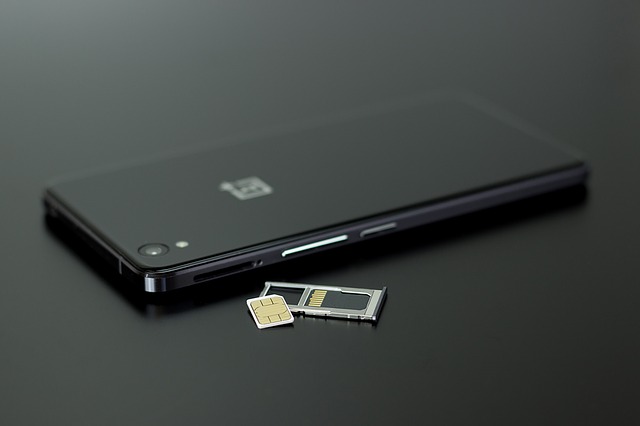 Memory card is compact, portable and easy to use. In the meanwhile, since most memory cards have good compatibility, data can be exchanged between different digital products. In recent years, with the development of digital products, storage capacity of memory cards has been continuously improved, and the application has been widely spread.
Memory card is compact, portable and easy to use. In the meanwhile, since most memory cards have good compatibility, data can be exchanged between different digital products. In recent years, with the development of digital products, storage capacity of memory cards has been continuously improved, and the application has been widely spread.
Below are Card family and other details:
| Card family | Standards organizations | Varieties | Entry date | Maximum commercially available capacity |
| CompactFlash | SanDisk | I | 1994 | 512 GB (CF5128*250 bytes) |
| II | ||||
| CFexpress | CompactFlash Association | 1.0 | 2017 | 1TB |
| – | – | – | ||
| SmartMedia | Toshiba | 3.3/5 V | 1995 | 128 MB |
| MultiMediaCard | Siemens AG,SanDisk | MMC | 1997 | 16 GB |
| RS-MMC/MMC Mobile | 2003/2005 | 16 GB | ||
| MMCplus | 2005 | 16 GB | ||
| MMCmicro | 2005 | 4 GB | ||
| Secure Digital | Panasonic,SanDisk,Toshiba, Kodak | SD | 1999 | 4 GB |
| miniSD | 2003 | 4 GB | ||
| microSD | 2005 | 4 GB | ||
| SDHC | 2006 | 32 GB | ||
| miniSDHC | 2008 | 32 GB | ||
| microSDHC | 2007 | 32 GB | ||
| SDXC | 2009 | 512 GB | ||
| microSDXC | 2009 | 256 GB | ||
| Memory Stick | Sony/SanDisk | Standard | 1998 | 128 MB |
| PRO | 2003 | 4 GB | ||
| Duo | 2003 | 128 MB | ||
| PRO Duo | 2002-2006 | 32 GB | ||
| PRO-HG Duo | 2007-2008 | 32 GB | ||
| Micro (M2) | 2006 | 16 GB | ||
| XQD | Sandisk, Sony,Nikon,CompactFlash Association | Standard | 2011-2012 | >2 TB |
| xD | Olympus,Fujifilm | Standard | 2002-2007 | 512 MB |
| Type M | 2005 | 2 GB | ||
| Type H | 2005 | 2 GB | ||
| Universal Flash StorageCard Extensions | Samsung | UFS Card | 2016 | >256 GB |
| USB flash drive | Various | USB 1.1/2.0/3.0/3.1 | 2000/2001 | 1 TB+ |
There are a few things to note about buying a memory card: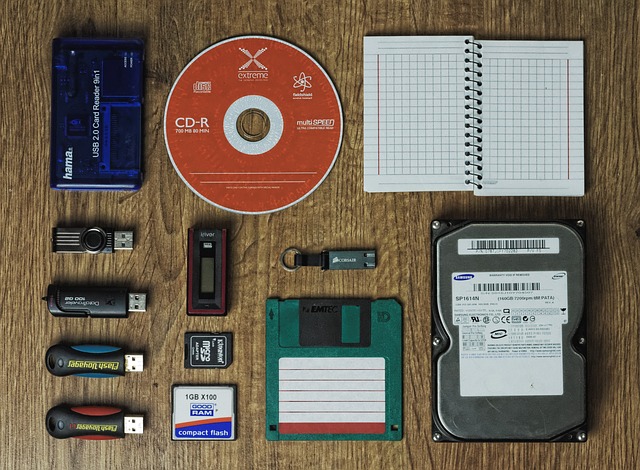
-
Compatibility
Similar to DIY computer hardware, memory cards have compatibility issues. There are some incompatibilities between memory cards of different brands and digital devices. The signs mainly include: card reading takes too long, the access speed is pretty slow, or the phenomenon of crash occurs. So when buying a memory card, you must be clear about the type of memory card that matches your device. It is safer to take the device with you.
-
Packaging and the appearance
Pay attention to the printing quality of the packaging, whether it is clear or not, if there exist anti-counterfeit label, and then examine the overall card situation of manufacturing, whether there are deformations, concave and convex, cracks, or burrs and whether cutting angles are symmetrical and so on.
-
Warranty period
Generally speaking, less known and inferior brands provide one year of warranty, and giant manufacturers like SANDISK generally provide 5 years of warranty, so when buying a memory card, one must make clear the warranty period, in addition, it is also necessary to request the relevant invoice and receipt.
-
Consider products with three proofings properties (Waterproof, anti-extreme temperature, and dustproof)
In addition to the three proofings, some companies also provide shockproof, anti-magnetic, X-ray shielding and other functions, if you are involved in outdoors industry, to protect your data, such cards are the best choice.
-
Don’t step into the “cheap” trap
Formal manufacturers usually have a reasonable price range for specific memory cards, and some manufacturers sell their cards at a very low price beyond this range, such products are usually marked with no manufacturer, no logo, no quality assurance, and have problems of slow reading and writing speed and so on. So you’d better investigate reasonable price range before you actually buy a memory card.
